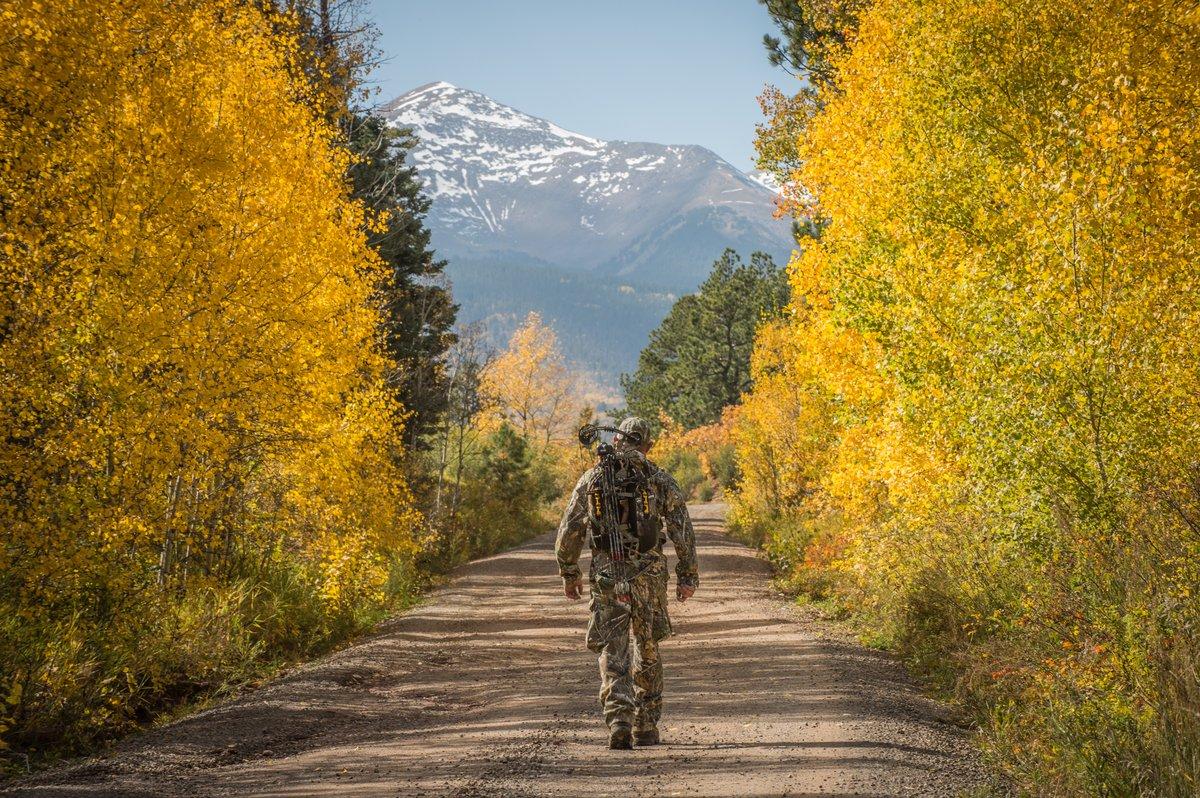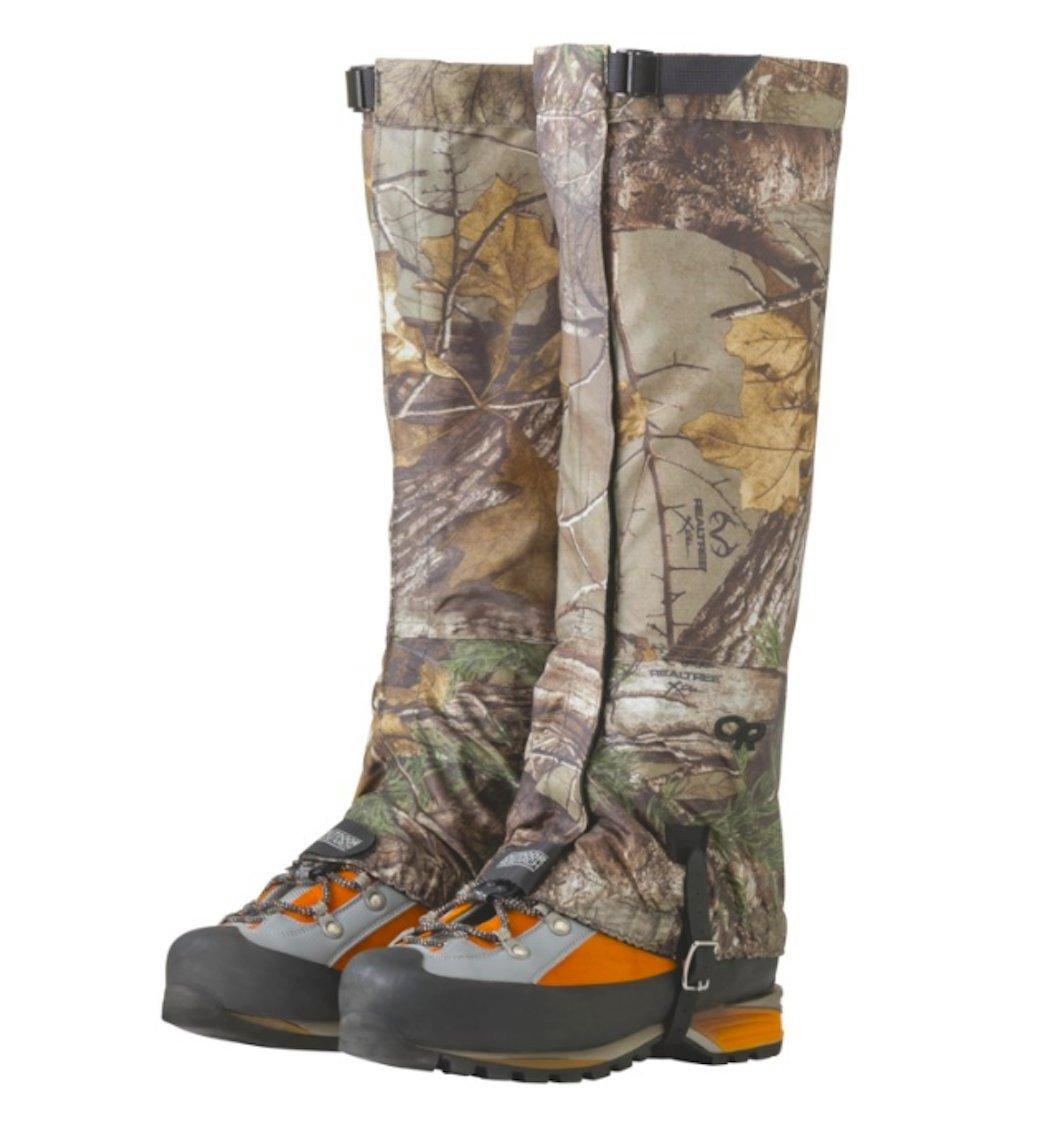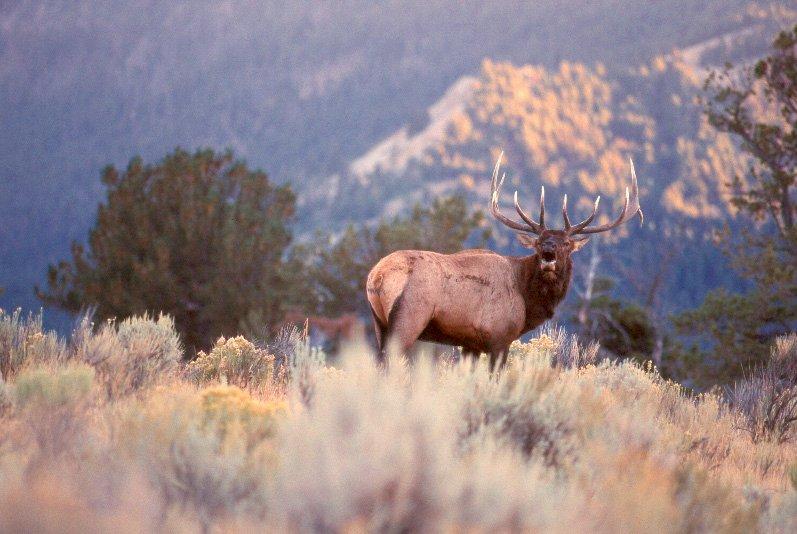The guys who never seem to get a bull are usually guilty of these mistakes
Scores of hunters annually head West to hunt elk. Some pay outfitters and hunt on private land, but many more go the DIY angle. Most elk hunters return home with no elk meat or antlers to show for their efforts. I've been that guy after four of my seven hunts, but I've been fortunate enough to take two elk with a bow and one with my rifle, too.
Elk hunting is extremely difficult. All elk hunters combined share an approximate 10% success rate. Of course, that rate is higher and lower in certain units, and individual success rates vary, too, based on hunter skill and experience. Nonetheless, it isn't uncommon to go empty-handed five seasons or more in a row.
Difficult as elk hunting is, many hunters make avoidable mistakes that further lower their chances. I've made them. Fact is, I've had opportunities to take elk during all but one of my seven hunts. These are the 10 mistakes unsuccessful elk hunters make that you'll want to avoid this fall.
1. Failing to E-Scout
Half of elk success is just finding animals to hunt. You can't kill one if you can't find them. If you fail to do pre-hunt map work, finding elk might take five days of your seven-day hunt. Even worse, you might not find elk at all. Map work should begin well before your hunt. It will give you greater knowledge of the area you plan to hunt and help you identify likely elk haunts in advance.
Elk generally like to be at higher elevations during late August and most of September. Early snowfall can push them down to lower elevations, but this usually happens later toward October and November. In the September heat, bulls tend to bed on north-facing slopes in tall, dark timber. Use the roadless areas layer in the OnX Hunt app to peg north-facing slopes far from access points.
If you're a rifle hunter and hunting during October and November, you'll still find elk at higher elevations unless substantial snowfall drives them downhill. In this event, consider the borders of national forests or even adjacent BLM lands. Keep in mind that these locales often have different habitat than the alpine areas where elk summered. Dense oak brush isn't classic aspen and evergreen elk habitat, but it's often overlooked, and elk thrive in it once the high country is snowed in.
2. Going Out Too Late
If you arrive at your parking area at daybreak, 99% of the time you won't work into a situation where you can shoot a bull. Why? First, elk bugle a lot in the dark. Second, they're often heading for their bedding areas at daybreak, and in steep terrain, you'll rarely catch up. Believe me, I've tried.
I learned early on that to consistently put myself into bull encounters, I must locate a bull in the pre-dawn dark and cut the distance so that when shooting light arrives, I can finish closing in for a stalk or calling setup. I use my ALPS Torch 250 headlamp to negotiate my way into an area, then I switch to a simple hat-clip light when I'm within a few hundred yards of elk. I don't shine any light at all when I know I'm within sight of them. I shut the light source off and wait for shooting light to begin my hunt.
3. Forgetting the Thermals
Mountain winds do shifty things. I've been in some dynamite situations, wind in my face and bulls screaming, when the thermals shifted and blew my cover. One situation in particular was when I watched a bull bed down with a cow and calf in a bowl. Thermals were carrying my scent uphill, so I dropped down off my ridgetop perch and slinked in for the kill. I got within 40 yards, nocked an arrow and waited for the bull to stand. Thermals suddenly shifted and the elk trio stood and bolted. In this case, I hadn't forgotten the thermals; they simply betrayed me.
In general, thermals pull downhill during the predawn and early morning hours. Once sunshine contacts hillsides and they warm up, thermals become shifty until the air temperature rises enough to carry thermals uphill. I always carry a wind-checking powder, and I use it constantly. I don't make an approach unless I know the wind is stable and suitable.
If you think whitetails have acute noses, wait until you hunt elk. The only time I've ever fooled a downwind elk's nose entirely was when I was hunting a wallow and had a cow come in downwind. I was running my Ozonics unit, and it worked like a charm.
4. Calling Too Much
When a bull bugles, it's easy to react by instantly bugling or cow calling back. Often, the bull shuts up or keeps bugling from a stationary location. And because he doesn't immediately come running to our calls, we tend to keep calling out of desperation. This usually does more harm than good. When hunting on public lands, you must remember that everyone is out there blowing elk calls. Bulls hear it all, and the less-is-more-approach is often best.
5. Not Calling Enough
This can be just as big a mistake as overcalling. I've been in multiple scenarios where I only knew bulls were nearby because I called and they responded. Public-land bulls can get tight-lipped, but one simple, realistic cow mew can make them sing. Calling in public-land bulls is certainly doable. I do it every single year.
I've called in my share of bulls both by bugling and cow mewing. Results can be sporadic, but I'd have far fewer elk encounters under my belt if I didn't call. I've had bulls come right in on a string, but I've also had situations where a little more coaxing was required. Just like overcalling can be your foe, so can failing to use calls.
Don't Miss: 3 Weird Elk Hunting Tactics That Work
6. Being Too Cautious
Many elk hunters from the East and Midwest are too cautious when cutting distance on elk. I learned early on that these long-legged beasts can quickly cover lots of steep terrain, and that if I choose each step carefully when they're moving, I'll be left in the dust. I've raced, hurdled deadfall logs and broken sticks while in pursuit, and that's often what it takes to get into position in a fast-and-furious situation where a bull is hot and bugling.
7. Rushing Shots
In the past, I've been the king at this one. Most shots happen at inclined or declined angles, if not on a side hill. They happen fast, often with no time to use a rangefinder. It can seem to be now or never with a bull that knows you're there and is ready to bolt.
I've rushed enough opportunities to know that taking one or two extra seconds to settle my pin and execute a better shot is the best approach. It's so easy to do something incorrectly during the moment of truth and then miss the elk entirely. They're huge, I know, but hunting elk on foot is worlds apart from hunting whitetails from treestands. Take your time and make it count.
8. Not Hunting Over Wallows
In hot weather, bulls talk very little if at all during daylight hours. This makes hunting on foot in thicker areas (which is where most elk are) futile. I found a heavily used water seep during my second elk hunt, and I now hang a stand and trail camera over it as soon as I arrive every year. I took my first elk — a cow — from that stand, and I've encountered many other elk, including a couple of bulls, at the location. I have yet to shoot a bull there, but I've had plenty within top-pin range on my trail camera when I'm not there. By default, it will work out someday.
In general, wallows are most productive in hot, dry weather. The one I hunt is in a small opening in big, dark timber where elk bed. I use great caution when accessing the stand because elk often bed nearby.
Hunting wallows and water seeps is tricky. They're often located on benches with slopes above and below. The wind is unpredictable and elk are liable to approach from any direction. Plus, you'll face shifting thermals late in the afternoon. For that reason, I use an Ozonics unit every time I hunt my wallow stand.
9. Hunting Old Sign
I made this mistake time after time during my first elk hunt. My logic was that, with so much sign present, there had to be at least a few elk still in the area. Sure, it's possible there were, but more likely a herd summered in those locations and changed their patterns before I started hunting there.
Elk are where you find them. Sign is great, but sightings or hearing cow talk and bugling are sure clues. I've encountered elk in areas with no sign and fresh sign, but rarely, if ever, in areas with old sign. To encounter elk, you must hunt where they are, not where they were.
10. Busting Through Bedding Areas
Any tall, dark timber can serve as an elk bedding area. Certain stands of quaking aspens are preferred, too, but in September, elk prefer the coolest haunts, which are usually north-facing slopes in dark timber, as mentioned earlier. Use caution when still-hunting through such areas. I've jumped numerous elk by moving too quickly when I wasn't hearing bugling or seeing elk bodies. Once you jump elk, they don't usually run 100 yards and stop. Most go several hundred yards or even over the ridge into the next basin. Plus, they've now been pressured and will be craftier.
The challenge is part of what makes elk hunting so much fun. But avoiding these mistakes will help ensure you're in the game when your hunt begins.
Don't Miss: How to Elk Hunt on a Budget
Check out more stories, videos and educational how-to's on big game hunting.










